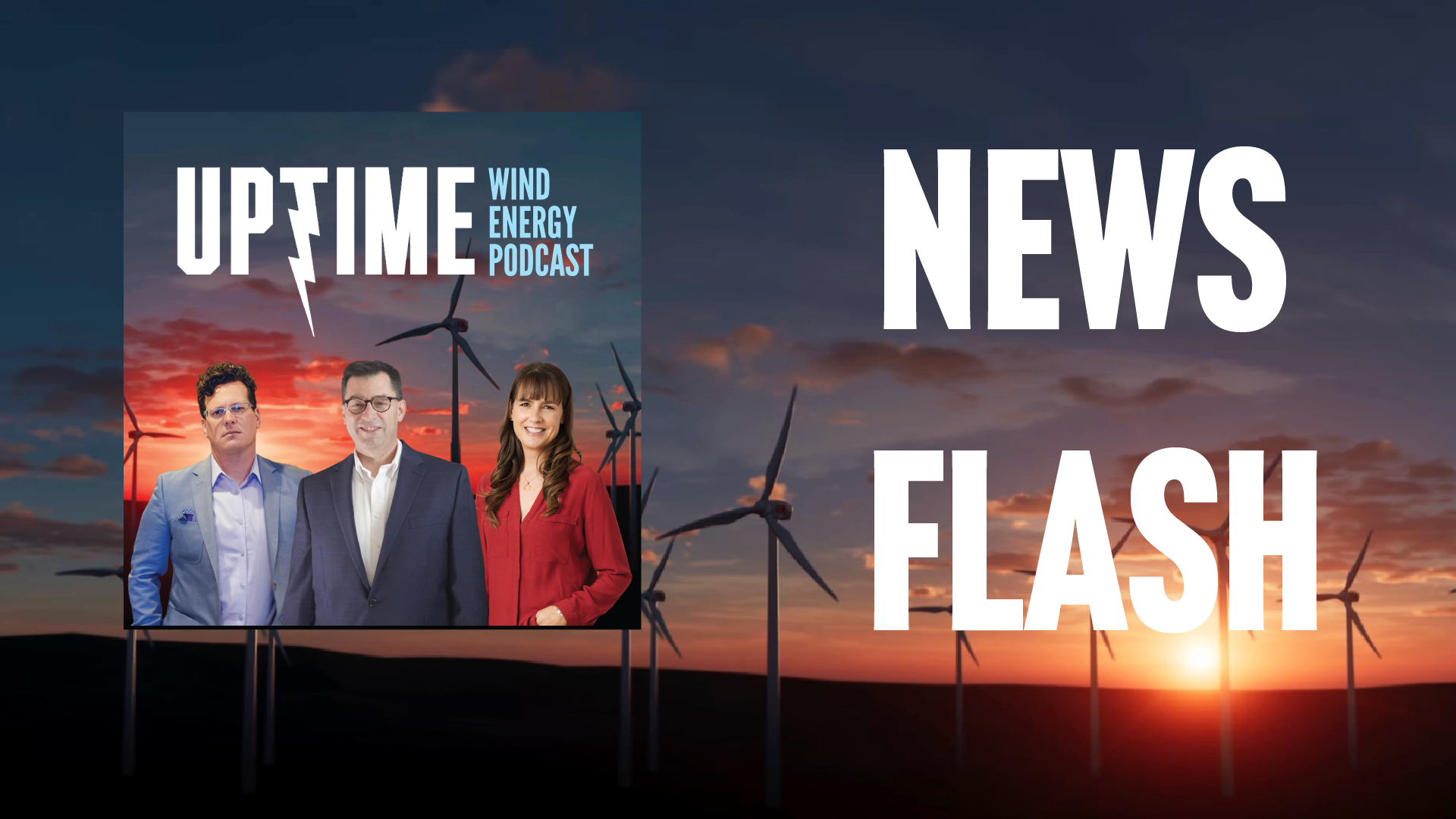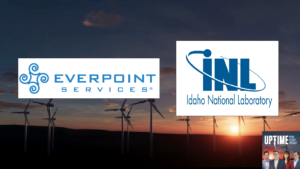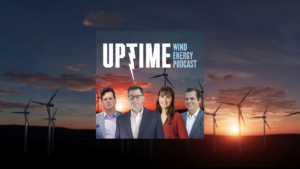Podcast: Play in new window | Download
In this episode, Phil walks Allen and Joel through new research from IntelStor on optimal wind turbine models for maximizing asset owner profits. Turns out that bigger isn’t always better–stick with a 1.5-2.5 MW machine from a good manufacturer with a good PPA. Asset owners and investors, visit IntelStor.com for more actionable intelligence on optimizing your renewable energy projects.
Sign up now for Uptime Tech News, our weekly email update on all things wind technology. This episode is sponsored by Weather Guard Lightning Tech. Learn more about Weather Guard’s StrikeTape Wind Turbine LPS retrofit. Follow the show on Facebook, YouTube, Twitter, Linkedin and visit Weather Guard on the web. And subscribe to Rosemary Barnes’ YouTube channel here. Have a question we can answer on the show? Email us!
Pardalote Consulting – https://www.pardaloteconsulting.com
Weather Guard Lightning Tech – www.weatherguardwind.com
Intelstor – https://www.intelstor.com
Allen Hall: I’m Allen Hall, president of Weather Guard Lightning Tech, and I’m here with the founder and CEO of IntelStor, Phil Totaro and the chief commercial officer of Weather Guard, Joel Saxum, and this is your News Flash. News Flash is brought to you by our friends at IntelStor. If you need actionable information about renewable projects or technologies, check out IntelStor at intelstor.com.
IntelStor released information on onshore wind turbine profitability on LinkedIn. It provided a unique insight into the specific turban profitability and garnered several hundred thousand views. Okay, Phil, explain what that chart means and why we should care.
Philip Totaro: This chart on asset owner net profit after they’ve achieved a net positive return on capital.
What that means is, if you’ve spent, let’s say, 200 million dollars on building a project, once your project has paid back that 200 million plus, how much is really left over? And which makes and models of turbine are actually giving you the best possible financial return? What we came to the conclusion of with this was, the turbines that are towards the top of this list are the ones that have a fairly reasonable net capacity factor, but they also have pretty high legacy PPA. That’s usually on the order of, 65, 70, 75 dollars plus. Those are the turbines that are going to end up producing the best financial performance for you. Not necessarily just the ones with the best technical performance.
Joel Saxum: What if we’re talking, we want to talk apples to apples. So if I have the same piece of ground and the same wind resource in one spot, what is the best performing technically turbine?
What make model should we be actually installing and why?
Philip Totaro: In that ranking, what we’ve got are GE and Vestas are at the top. And then you’ve actually got Siemens, Siemens Gamesa, and Goldwind are actually the three and four. And GE and Vestas do get a bit of preferential treatment that they’ve got the better performing project sites, but at the end of the day, the turbine availability is going to be one of the largest determining factors of that profitability, because whatever your net capacity factor is, it’s just, what the site does.
So a project site that’s got, let’s say a 45 to 50 percent net capacity factor, but only a 12 a megawatt hour PPA, financially, is going to underperform a project site that’s got, a 25 percent capacity factor, but an 80 a megawatt hour PPA.
Allen Hall: But when it gets down to same site, which turbines are better?
And what I think I’m seeing in this data, Phil, is the smaller turbines outperform the bigger turbines, and it’s not even really close.
Philip Totaro: They are, and the reason for that is they benefit a lot from the legacy power purchase contracts. Basically, it makes up for the fact that their net capacity factor is a lot lower then a brand new, shiny turbine that’s got like a 50 percent net capacity factor. The question of how do you best take advantage of the project site is by maintaining the best possible turbine with the best availability regardless of make and model.
Joel Saxum: Yeah. Question is which one of those is the best?
Which model has the least inputs to make it be running all the time? I want an old locomotive train that just chugs all day long. That’s what I want. What turbine is that?
Philip Totaro: You’re looking at a GE 1516 with the newer rotor, either the 87, the 91, the 97 meter rotor on a repowered, GE 15 or 16 that used to have a 70, 75, 82.5 meter rotor. Now with these longer blades, they’re actually extracting more value out of a project site.
Vestas, it’s the V150 4.5 is actually their top performing one. But towards the top of the list, you’ve actually got the V120 2 and 2.2 megawatt. The V116 2 and 2.2 megawatt. And the, even the Legacy V100 1. 8. Looking also at Siemens Gamesa, you’ve got the 3MW 2.3 and 3 MW 113 meter rotor. The 2.3 and 3 MW 101 are towards the top of the list.
And also, the Gamesa… designed 3.4 132. So those are the ones that have actually performed the best and they’ve actually performed the newer models. And the reason for that is that if you’ve got a reasonable enough net capacity factor, and you’ve got a really high PPA, that’s always going to trump a project site that’s got a really poor PPA, but a really great net capacity factor.
Allen Hall: In that case, you’re always better off with a smaller turbine that’s more reliable. So you’re talking about a 1. 5 to 2. 5 megawatt machine, generally speaking, most likely from GE or Vestas and occasionally a Siemens machine. Those are the ones you want to stick to if you want to have the most profitable project. That is actionable information and that’s why we love you, Phil.
So if you want more information like this, reach out to Intelstor, intelstor.com. Reach out to Phil Totaro on LinkedIn. And he can connect you up with this great information.











